
Life on Tristan da Cunha – The World’s Most Isolated Island with Only 264 Residents
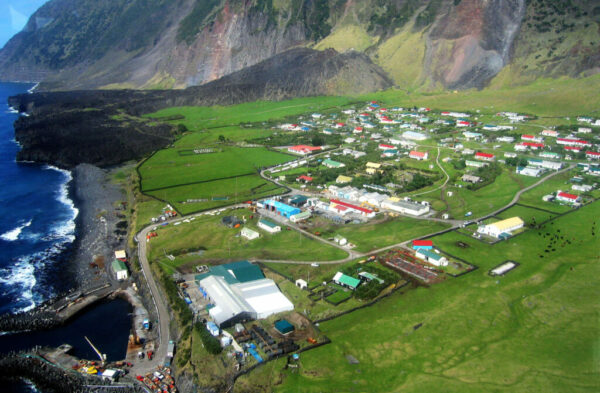
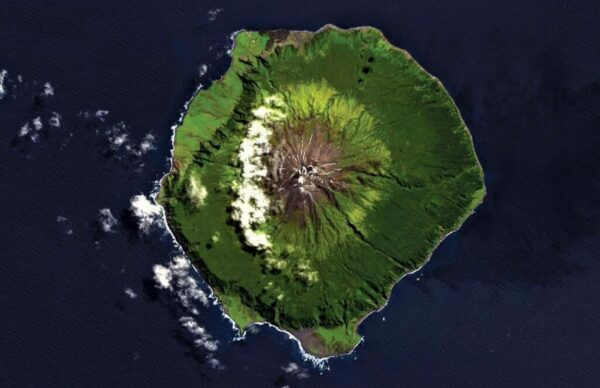
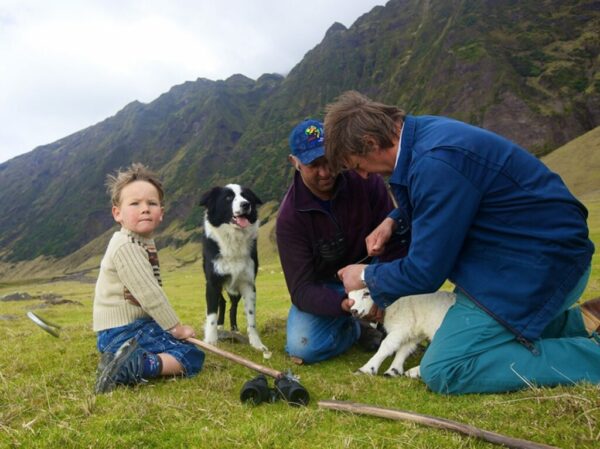
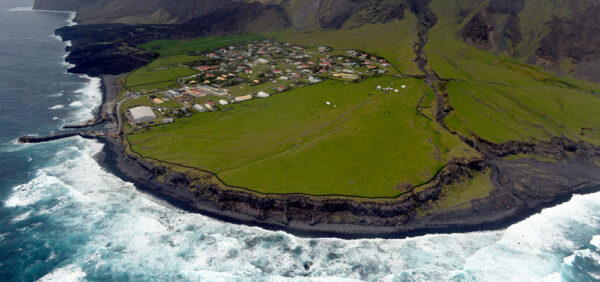
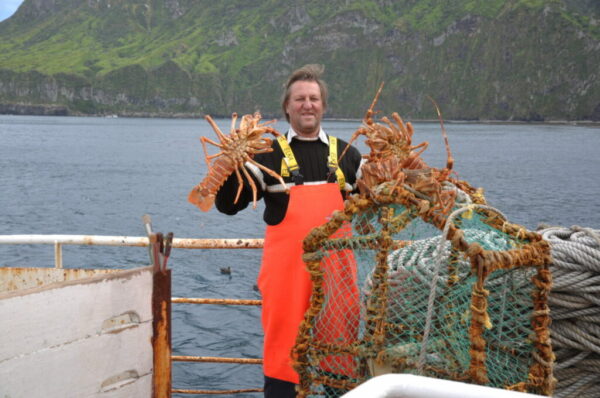
Tucked away in the vast expanse of the South Atlantic Ocean, the remote island of Tristan da Cunha offers a rare and fascinating glimpse into life at the edge of human civilization. With a population of just 264 people, this British Overseas Territory is not only geographically isolated but culturally and socially unique. For travelers seeking extreme seclusion, breathtaking volcanic scenery, and the resilience of a close-knit community, Tristan da Cunha is a true hidden gem—untouched by modern excess, yet rich in natural wonder and human perseverance.
Geographic Isolation: A Land Far from Everywhere
Situated about 2,400 kilometers (1,500 miles) from its nearest inhabited neighbor, Saint Helena, Tristan da Cunha is part of a small archipelago that is virtually in the middle of nowhere. It lies over 2,800 kilometers (1,750 miles) from South Africa and more than 3,200 kilometers (2,000 miles) from South America, making it one of the most isolated settlements on Earth.
The main island is dominated by a dramatic volcanic cone—Queen Mary’s Peak—which rises to a height of 2,062 meters (6,765 feet) above sea level. This impressive summit is often shrouded in mist and cloud, contributing to the island’s mystique. Surrounding it are steep cliffs, lush slopes, and coastal plains, creating a wild and unspoiled environment that is both beautiful and challenging.
Due to its volcanic origin, the landscape is rugged and irregular, with limited flat land suitable for agriculture or infrastructure. The island’s natural terrain is both a barrier and a sanctuary, isolating the community while preserving its unique ecology and way of life.
A Community of Resilience: Life on Tristan da Cunha
The human story of Tristan da Cunha is as remarkable as its geography. The island's only settlement, Edinburgh of the Seven Seas, was established in the early 1800s by a small group of settlers from Britain and elsewhere. Their descendants still live here today, forming a tight-knit and self-sufficient society where everyone knows each other.
Currently, between 260 and 270 residents live on the island, and most are descended from just a few original families. Their surnames—such as Glass, Green, Lavarello, Repetto, and Rogers—tell the tale of their ancestry. Family, cooperation, and shared responsibility are central to everyday life.
With no airport and no regular air service, Tristan can only be reached by sea, typically from Cape Town, South Africa. The journey by ship takes about six days, weather permitting. All supplies—from food and fuel to medicine and clothing—must arrive by cargo ship, which usually comes only a few times a year. This isolation has led the community to develop strong local systems for farming, fishing, and mutual support.
Electricity is generated locally, and the internet is limited but available in a few public locations. Residents are incredibly resourceful, relying on traditional skills and community organization to manage everything from healthcare to emergency services.
Economy and Sustainability: A Model of Simple Living
Tristan da Cunha’s economy is modest and largely based on subsistence living. Islanders grow crops like potatoes and vegetables in designated agricultural zones known as “The Patches,” raise livestock, and engage in coastal fishing. Lobster fishing, in particular, is a vital source of income, with Tristan’s crawfish (rock lobster) being a sought-after delicacy exported under strict sustainability guidelines.
Tourism exists but is limited. Only a handful of adventurous tourists visit each year, often arriving aboard expedition cruise ships. These visits offer a valuable boost to the local economy, with visitors purchasing handmade crafts, stamps, and souvenirs. Yet the island’s remoteness ensures it will never become overrun with mass tourism.
Sustainability is more than a concept here—it’s a way of life. The community manages waste carefully, protects its limited natural resources, and participates in conservation efforts to preserve the island’s fragile ecosystem.
Life’s Challenges: Living at the Edge of the World
Life on Tristan da Cunha is not for the faint-hearted. Isolation brings many difficulties, from delayed medical care to limited access to higher education and professional development. Many young people must leave the island for schooling or work, often traveling thousands of kilometers and being separated from their families for long periods.
Weather poses another challenge. The island frequently experiences strong winds, heavy rain, and ocean swells, which can disrupt fishing, travel, and even ship docking schedules. Storms have, at times, caused significant damage to infrastructure, further highlighting the vulnerability of remote living.
Yet despite these difficulties, the islanders have developed a strong sense of unity and endurance. Community celebrations, traditions, and shared responsibilities help reinforce their connection to each other and to the land. There is pride in living simply, sustainably, and with deep respect for nature.
Nature and Wildlife: A Sanctuary in the South Atlantic
Beyond human life, Tristan da Cunha is a sanctuary for wildlife and biodiversity. Its volcanic origins have created a rugged and stunning natural environment teeming with life. The island is home to several endemic species of birds, including the Tristan thrush and Inaccessible Island rail—the world’s smallest flightless bird.
The surrounding waters are rich in marine life, including seals, whales, and a variety of seabirds. As such, Tristan is of great interest to biologists, ecologists, and conservationists. Several islands in the Tristan archipelago are UNESCO World Heritage Sites, and efforts are ongoing to protect this unique ecosystem from invasive species and environmental threats.
The scenery alone is awe-inspiring: jagged cliffs, green hills, and windswept shores set against the endless blue of the Atlantic. It’s a place where time slows down, and the natural world takes center stage.
Edinburgh of the Seven Seas: The Heartbeat of the Island
Nicknamed the most remote permanent settlement on Earth, Edinburgh of the Seven Seas is the sole village on Tristan da Cunha. Despite its size, it houses vital facilities, including a school, a hospital, a post office, a church, and a general store. However, luxuries are rare, and most consumer goods are carefully rationed.
The rhythm of life here is guided by the weather, the sea, and the ship schedule. Islanders are skilled in everything from farming and fishing to carpentry and education. The lack of modern distractions has led to a deep focus on practical skills, storytelling, music, and the continuation of island customs.
Conclusion: A Living Example of Human Endurance
Tristan da Cunha stands as a powerful example of what it means to live with purpose, connection, and resilience in a world that often chases convenience. This island, isolated by geography but rich in community, teaches valuable lessons about sustainability, cooperation, and adaptation.
For those bold enough to explore its rugged shores, Tristan da Cunha offers not just a rare travel destination, but a window into a different kind of life—one that challenges conventional definitions of progress and embraces the strength found in simplicity.
News in the same category


Pick Your Robin

Elon Musk Urges Millions to Cancel Netflix as Boycott Gains Viral Momentum

Earth’s Energy Imbalance Doubles Speeding Up Climate Change

15+ Things Women Find Unattractive in Men Over 50

Strongest solar flare of 2025 erupts from sun, sparking radio blackouts across Europe, Asia and the Middle East (video)
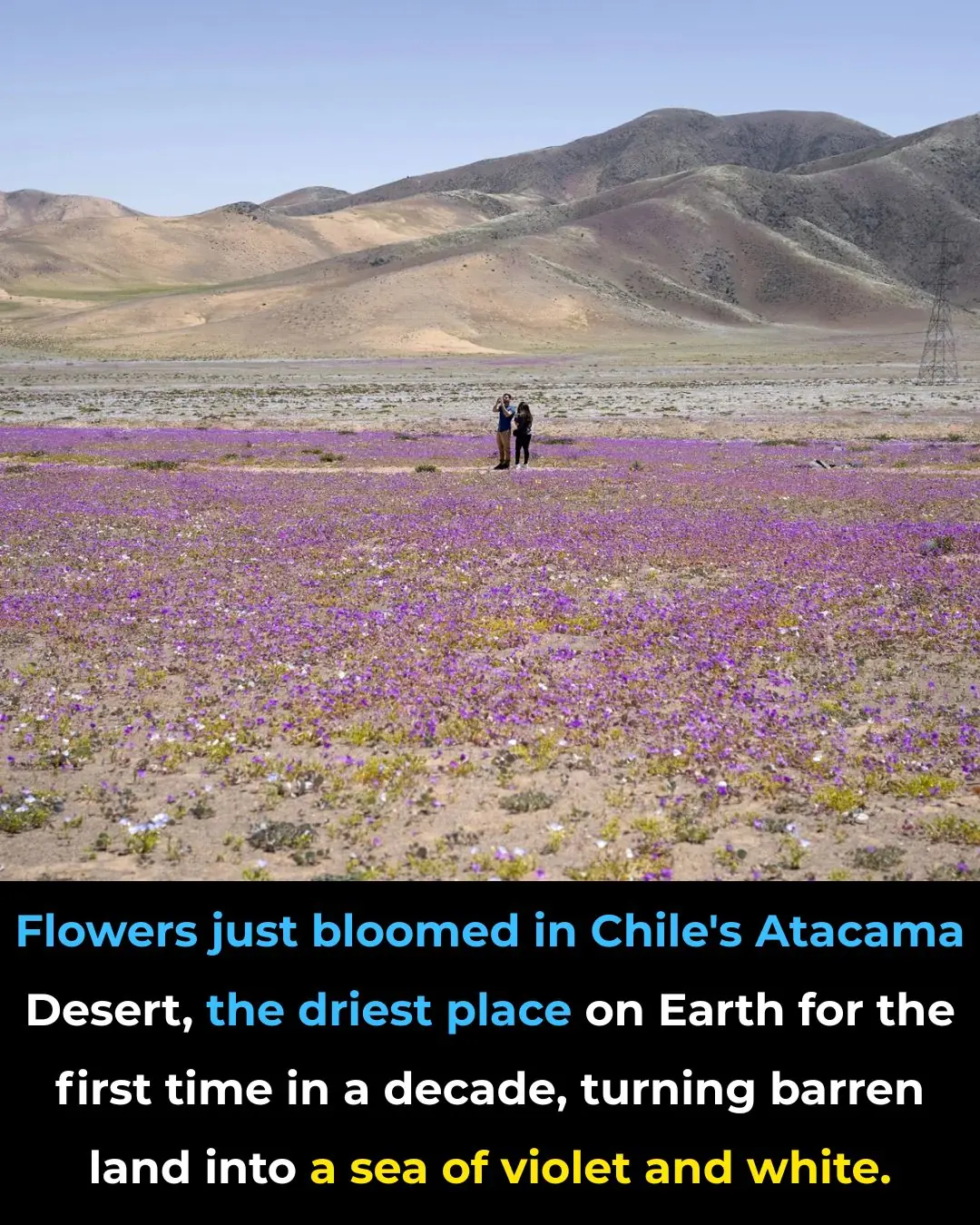
Why Driest Desert on Earth Sometimes Blooms? And What Secrets Revealed?
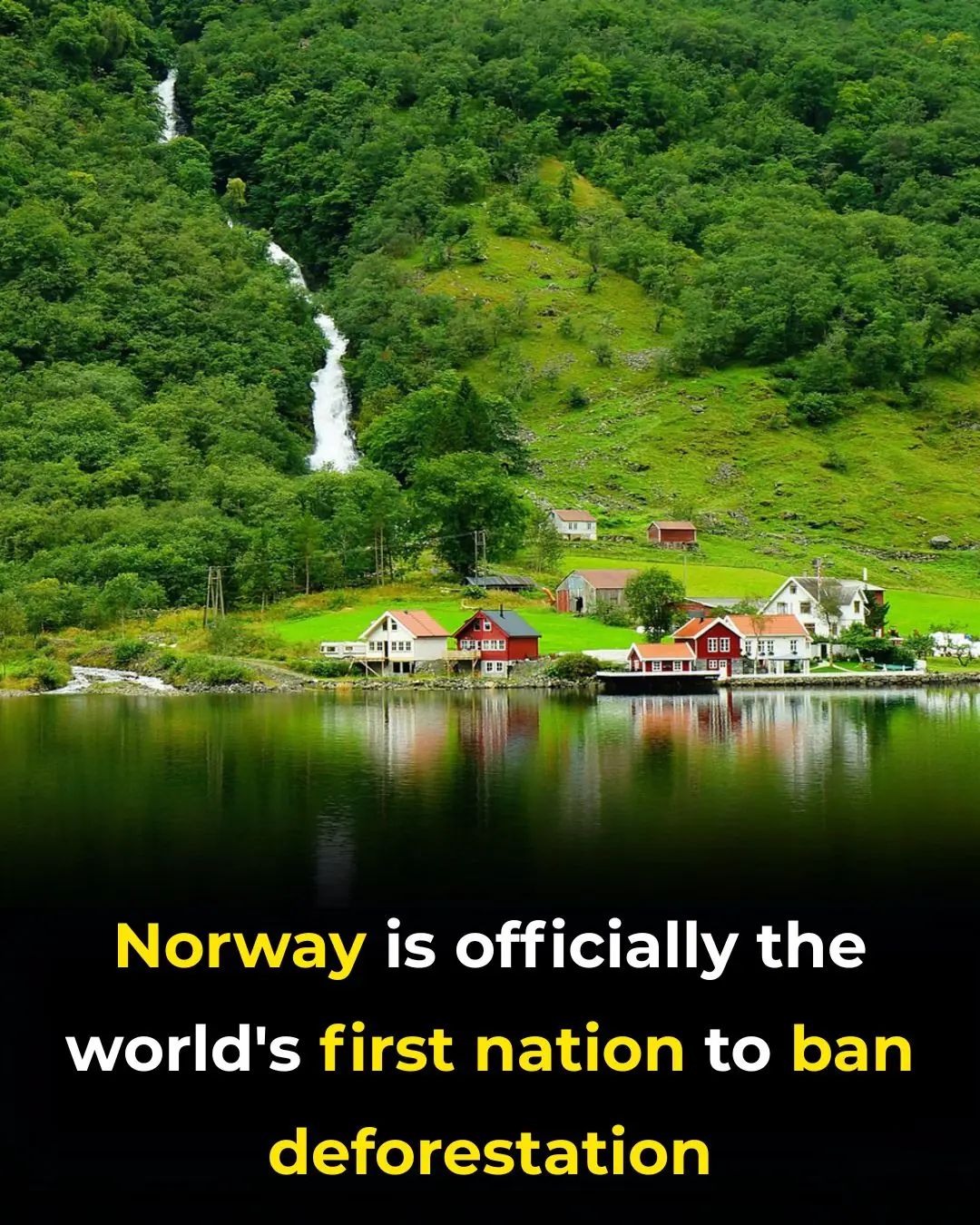
Norway Is the World’s First Nation to Ban Deforestation
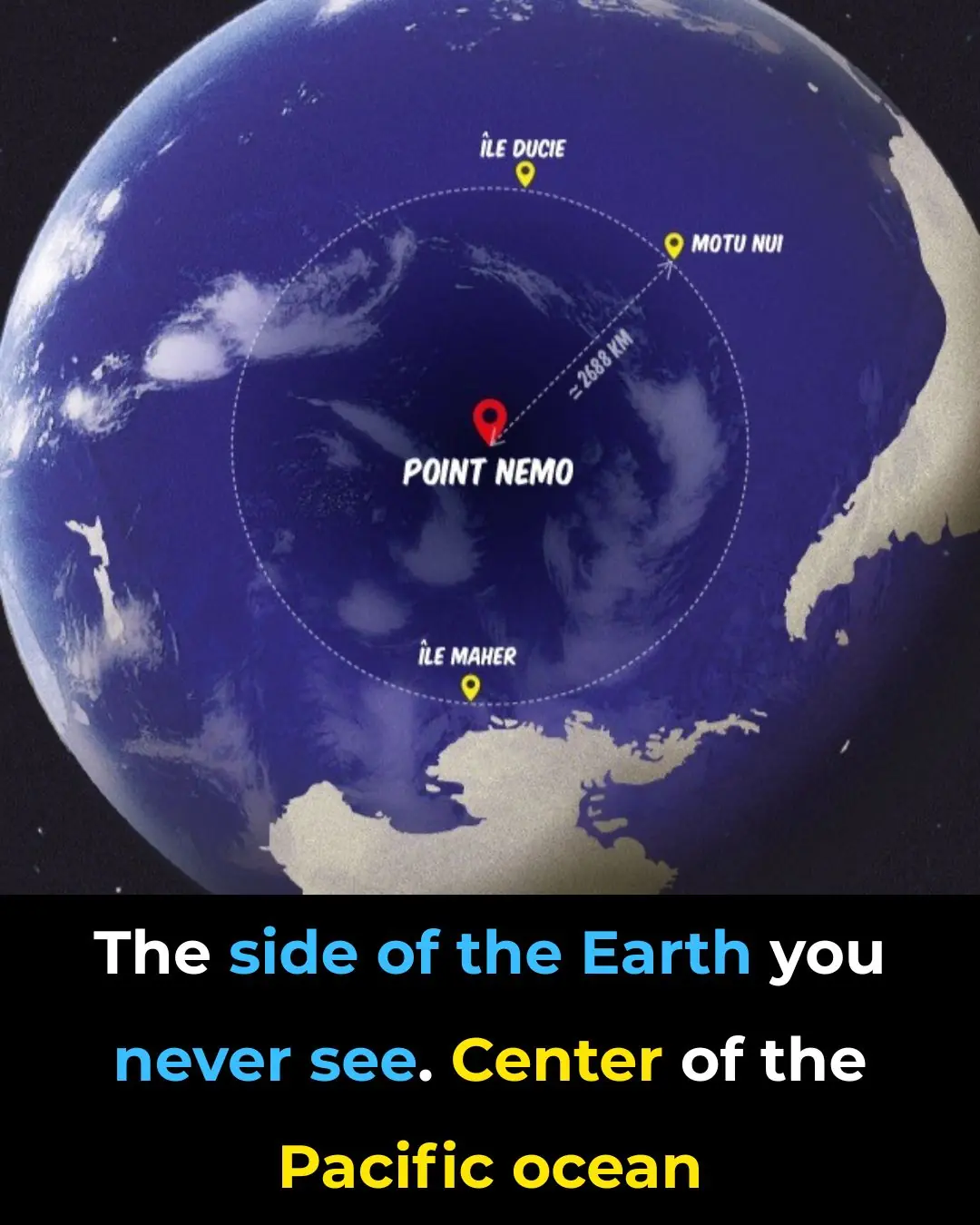
British Father and Son Become First to Swim Through Point Nemo, the Farthest Point From Land on Earth
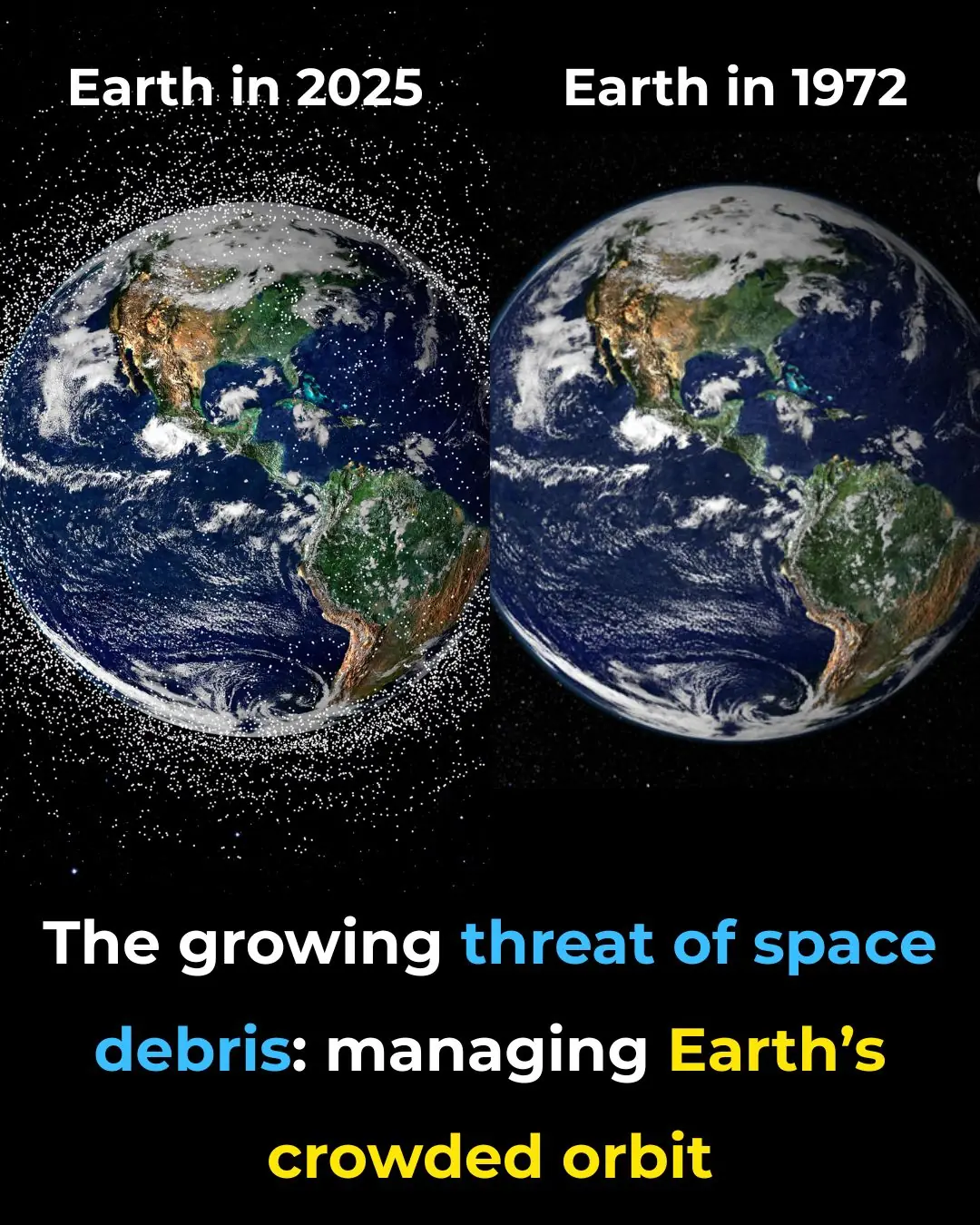
The Growing Threat of Space Debris: Managing Earth’s Crowded Orbit
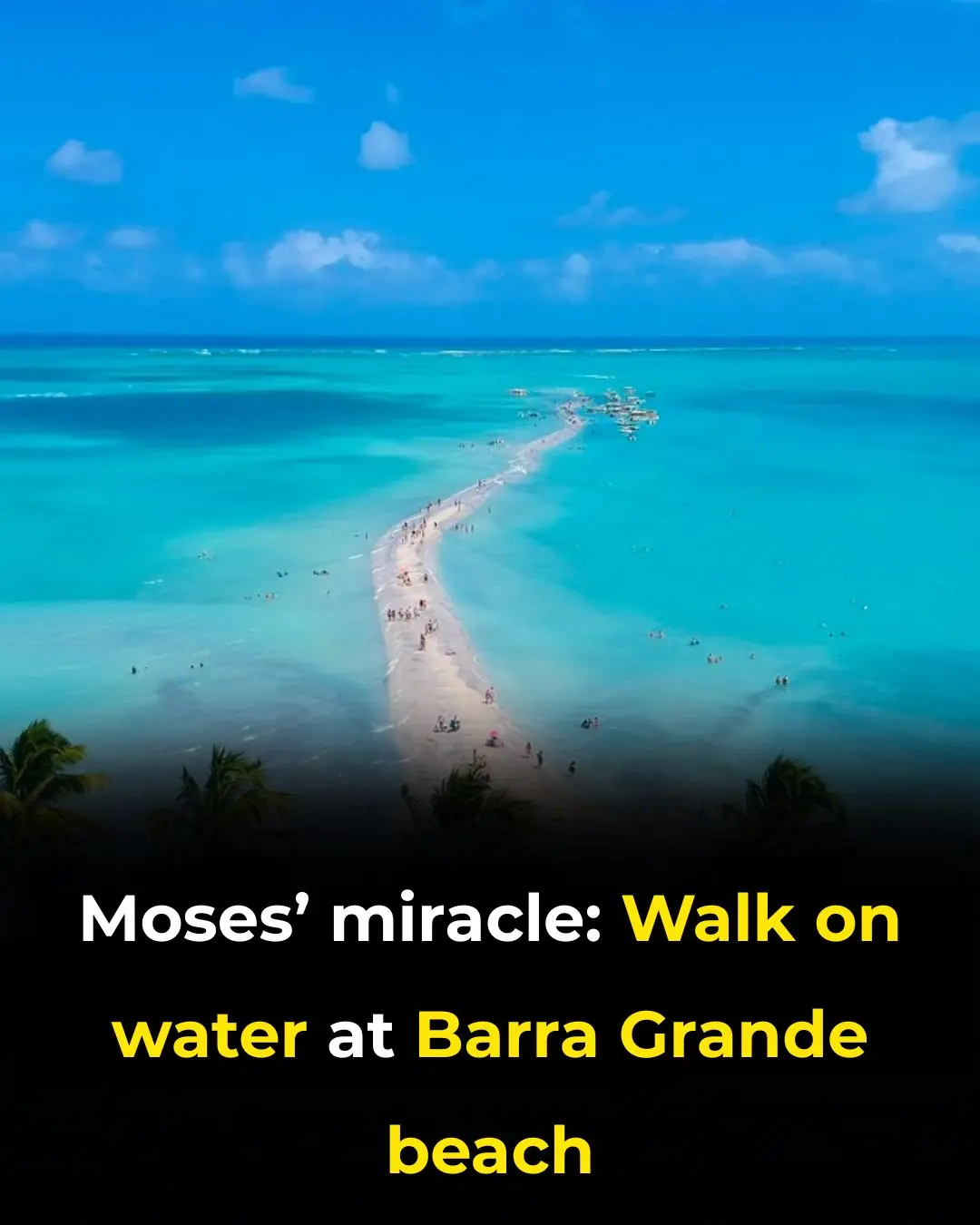
Moses’ Miracle: Walk on Water at Barra Grande Beach
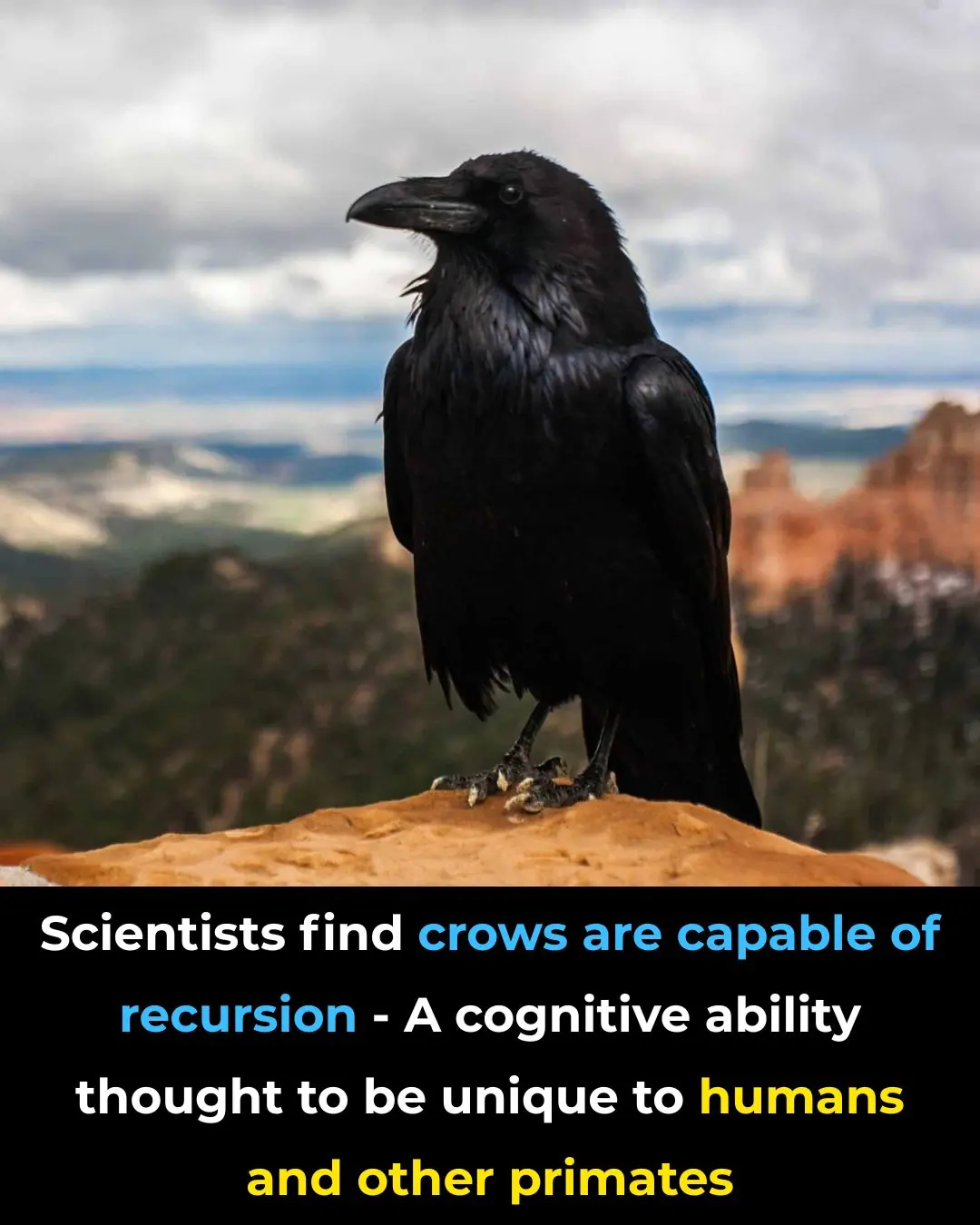
Scientists Find Crows Are Capable of Recursion — A Cognitive Ability Thought to Be Unique to Humans and Other Primates

If Your Ex Unblocked You, Here’s What It Means

Why Cats Leave Home and Don’t Return

Shocking change to Xbox Game Pass has many people canceling their subscription

What really happens to your iPhone's battery health when you charge to 80% instead of 100%

The World’s First Living Biocomputer: Where Brain Cells Meet Technology

2,000 Worms vs. 1 Plastic Bag a Day: A Surprising Discovery in Canada

The moon and Saturn meet—October 5
News Post

Jennifer Hudson Champions Musical Inclusivity Amid Super Bowl Language Debate

Jennifer Hudson Cheers on Bad Bunny’s Super Bowl Swagger — and Starts Learning Spanish Herself

Charli XCX shares cryptic video after Taylor Swift’s ‘Actually Romantic’ diss

NY authorities clamp down on liquor store openings citywide as booze demand plummets

Desperate rescue effort underway to save hundreds of hikers stuck on Mount Everest after snowstorm

Six signs you may be a functioning alcoholic according to doctor

Pineapple Water: A Refreshing Drink That Supports Your Health

The Silent Threat: Recognizing Early Signs of Kidney Disease and Lifestyle Prevention

A Heartwarming Encounter: A Child’s Innocence and the Power of Love.

The Stranger Who Stopped: How One Man’s Compassion Saved a Life on a Busy Georgia Road

Baking Soda (Bicarbonate of Soda): Uses and Benefits (Science Based)

A Father’s Day Gift Like No Other: A Daughter’s Kidney, A Father’s Second Chance

Benefits of Walking: Why Walking is One of the Best Forms of Exercise 🚶♀️

Maliyah’s Fight: A Fifteen-Year-Old Cheerleader Battling Stage 4 Cancer With Courage and Faith

No Cake, No Balloons: A Firefighter’s Quiet Birthday of Purpose and Service

Orangutan Secretly Watches Over Woman During Jungle Survival Challenge

“The Stranger on a Plane: How One Man’s Kindness Gave a Mother the Gift of Rest”

A Little Fighter’s Final Victory: Remembering Bryson’s 1,027-Day Battle

A Match Made in Dog Heaven: A Toddler and Her Puppy Who Share a Special Bond
